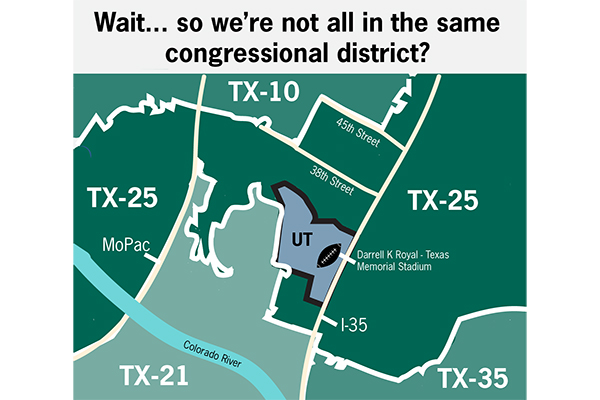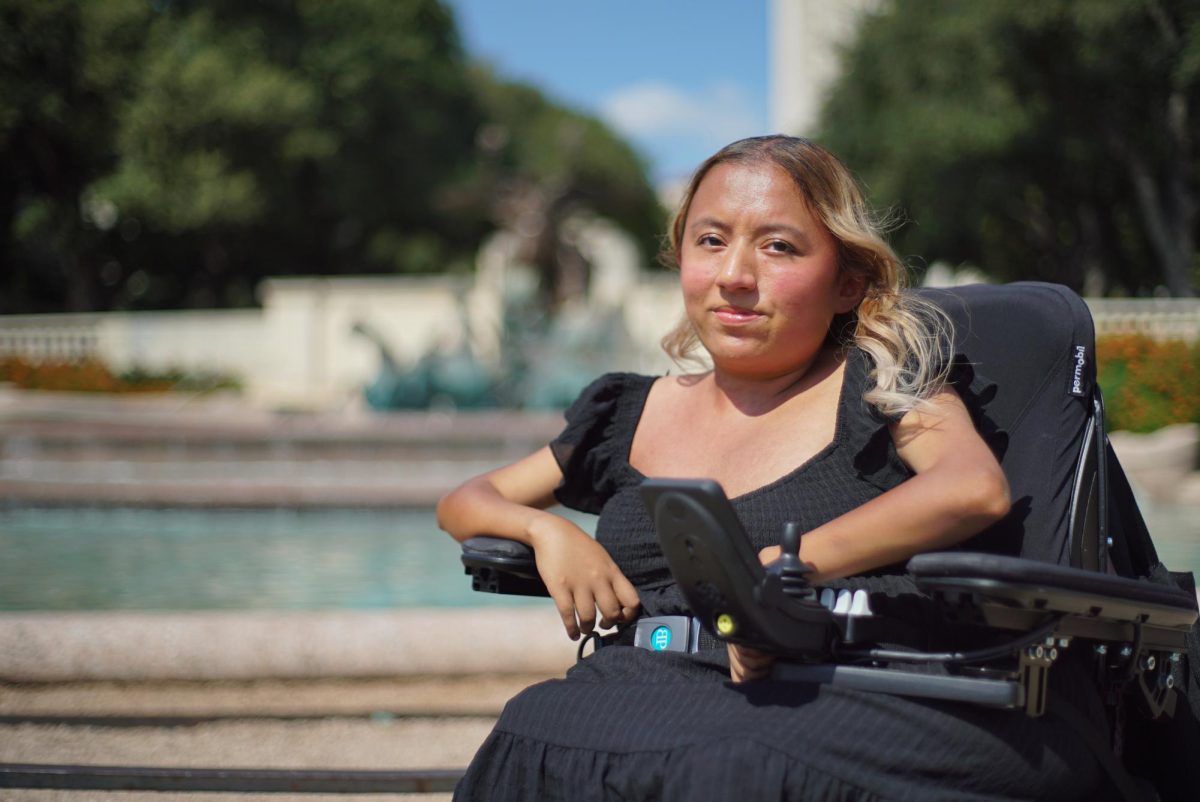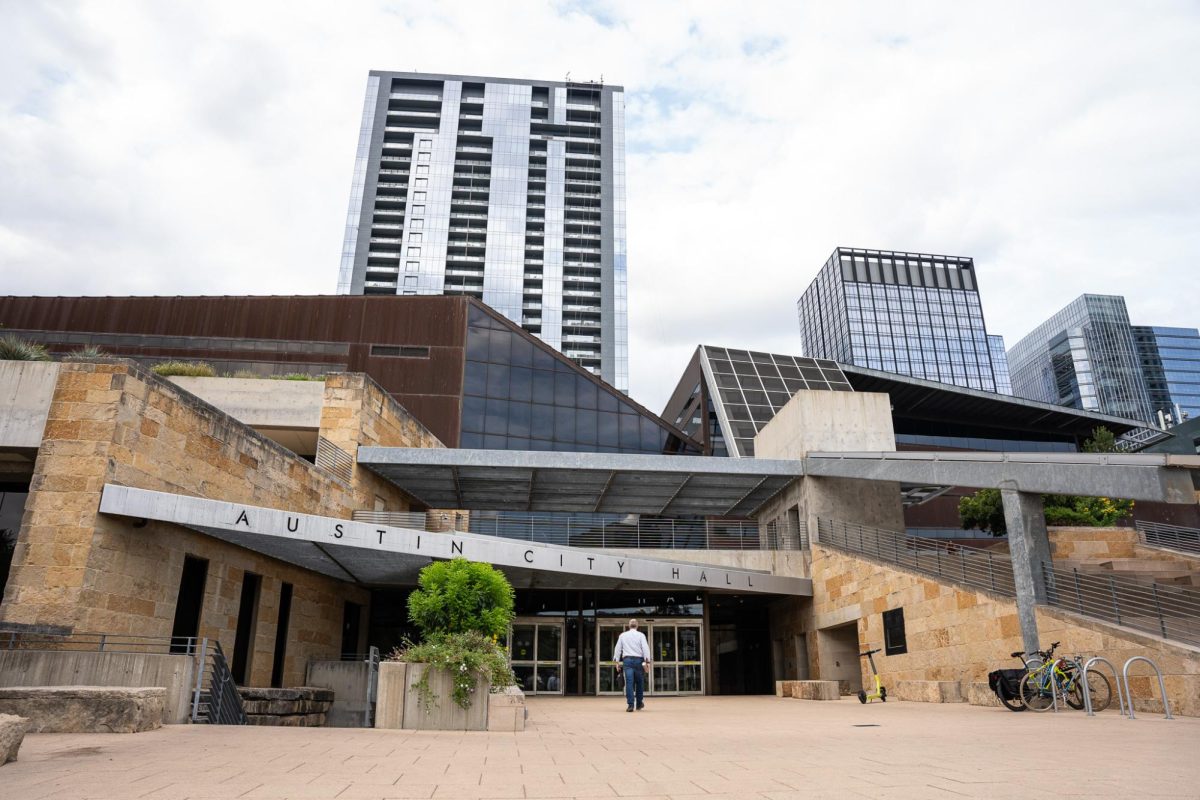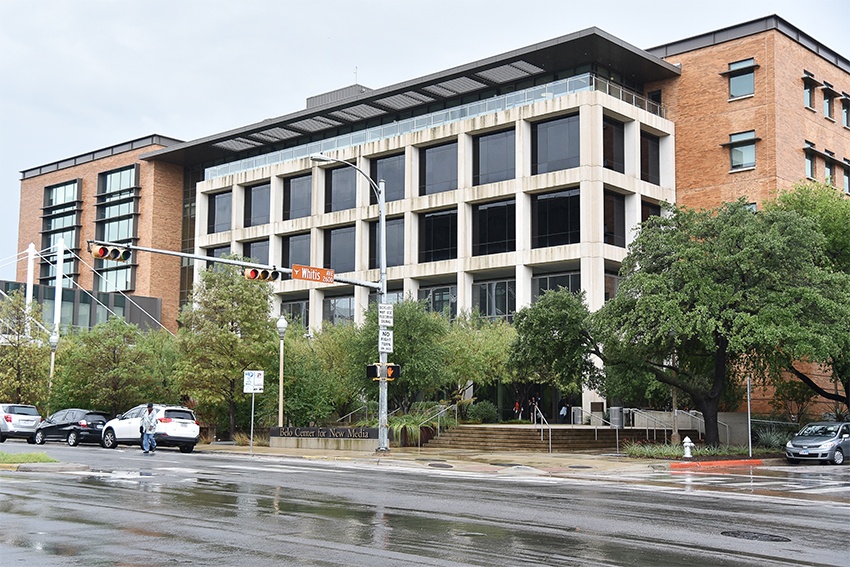TX Votes President Janae Stegall lives just a few blocks from campus, but her vote will be counted in a different district than those who live on campus.
The UT-Austin campus and surrounding neighborhoods are divided between four congressional districts: the 10th, 21st, 25th and 35th. Texas’ district boundaries are redrawn and passed by the Texas Legislature every 10 years based on data gathered in the census.
“Unless you put in the work to actually find what district you’re in, most students wouldn't know,” said Stegall, a government and international relations and global studies junior.
Stegall said she checks her Austin residence to find out what voting district she is in before every election while attending UT. TX Votes shares resources, such as the Texas Tribune Elected Officials Directory, to make it easier for students to see what district they reside in, Stegall said.
“Students often move from semester to semester, often in and out of congressional districts,” Stegall said. “It’s hard to be aware of who is your representative, who's on the ballot (and) what influence (you) have on the election.”
District 25 covers Austin to suburbs outside of Fort Worth. Guadalupe Street and parts of Nueces Street split the UT campus and West Campus into the 25th and 21st districts.
The 35th and 10th districts also fragment neighborhoods around UT. District 35 runs from East Austin to San Antonio along Interstate 35, while the 10th runs from Austin, including parts of North Campus, to the outskirts of Houston.
Redistricting has reflected “intensified party competition” in Texas as the Republican Party, which has been the majority party for decades, hopes to retain their influence, according to the Texas Politics Project.
“(The 35th) district was drawn to be a Democratic district, and the rest were drawn in a way that gave substantial advantages to Republicans,” said Jim Henson, director of the Texas Politics Project.
Mathematics professor Andrew Blumberg said statistical tests based on population density and district shape have been used in lawsuits to determine if a district has been gerrymandered. “Cracking” — breaking up a concentrated area into multiple electoral districts to weaken a city’s voting power — is a technique used for partisan gerrymandering, Blumberg said.
“You have these weird strips (of districts) that shoot out from Austin,” Blumberg said. “And you could easily, if you wanted to, divide Austin into two or three districts with elected representatives mostly based on the voters in Austin.”
Blumberg said although Austin is majority democratic, it only has one democratic Congressional representative, and that doesn’t reflect the majority view.
“People should be represented by representatives who are, more or less, aligned with your political views, but (they) might not (be),” Blumberg said.





















